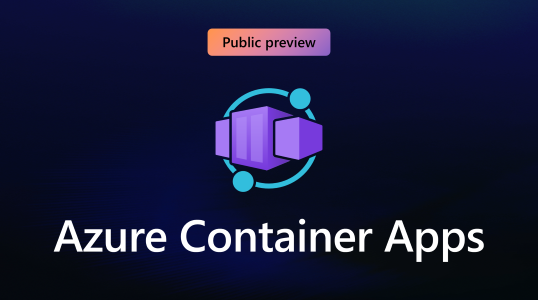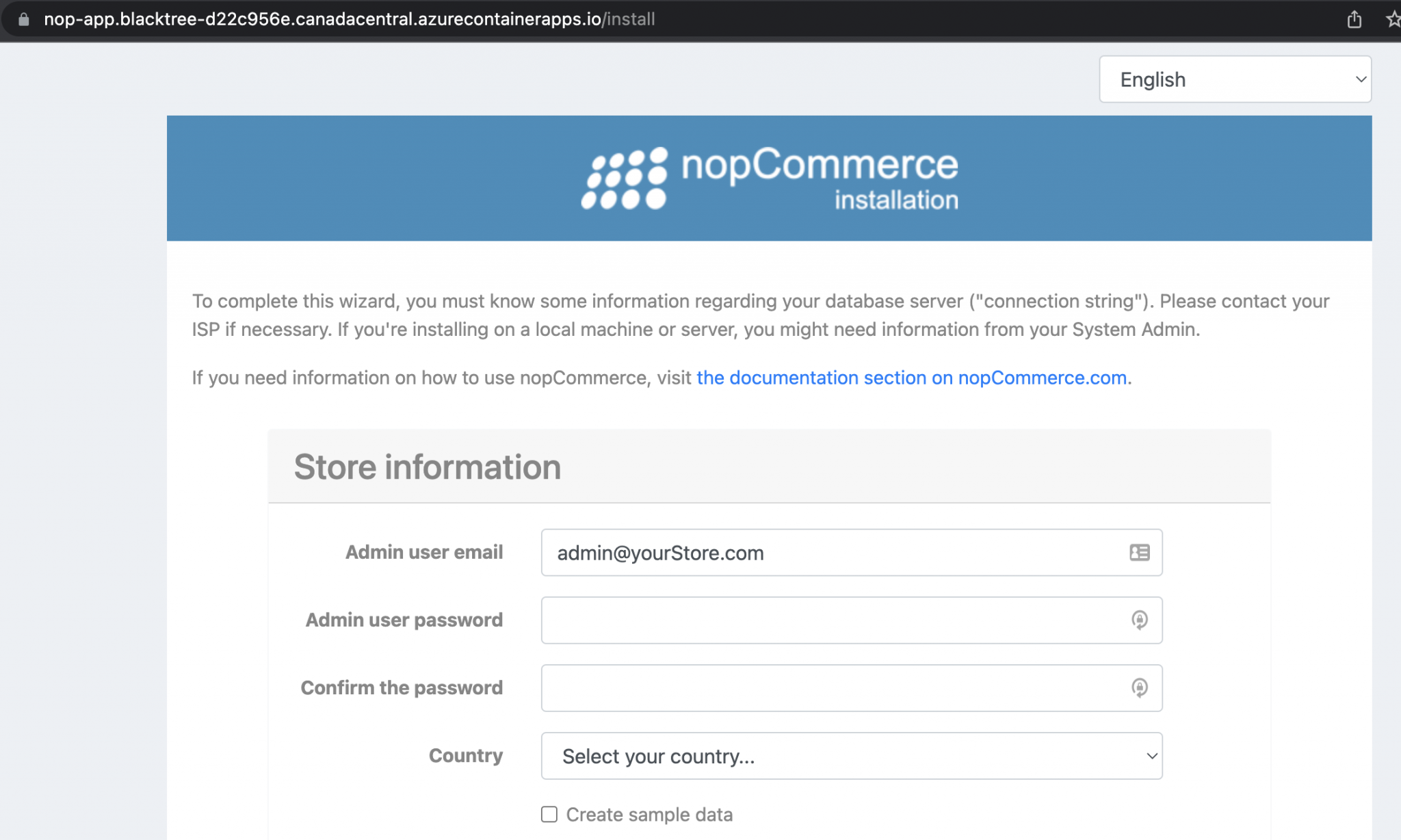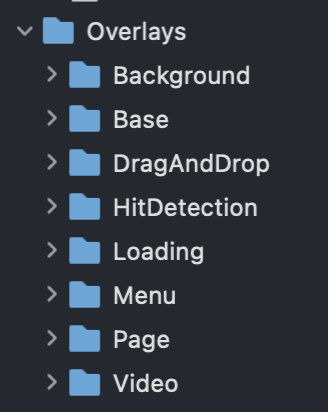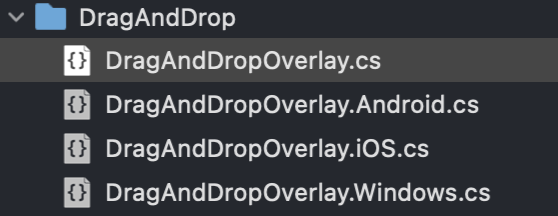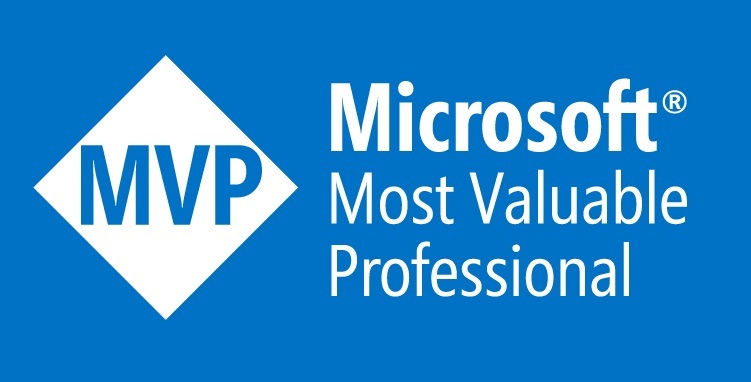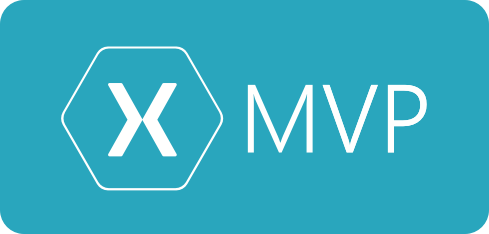Will ChatGPT Replace Software Developers?
Artificial intelligence (AI) has the potential to transform the world as we know it. As data becomes increasingly digitised, AI will be used more and more for decision-making and optimisation and will replace more manual and labour-intensive jobs, tasks and processes. The technology has the potential to take over the manufacturing, delivery, design and marketing of the vast majority of products and services. The question is, will it leave humans obsolete in the process? And what about software development itself?
What is ChatGPT?
ChatGPT is an AI-based chatbot created by the OpenAI platform. The concept is similar to a normal search engine. However, instead of giving many different search results, it gives one conversational result. ChatGPT is a hot topic at the moment, with over a million users signing up for the research preview at the beginning of 2023. The groundbreaking language model from OpenAI is a versatile tool that can be used in a myriad of ways for everything from translation and language modelling to content creation and, you guessed it, coding. Whether you need a quick answer to a question or complex explanations, it has the power to deliver.
However, while its conversational capabilities as a go-to source for information seem obvious, the question on everyone’s lips is how far can the technology go? Will ChatGPT replace Google as the top search engine? And will it be able to take over roles such as copywriting, code testing and, indeed, software development itself?
Could ChatGPT Replace Software Developers?
Before deliberating whether ChatGPT will replace the role of software developers, it’s worth looking at whether it could. As it stands, the AI-powered chatbot can simulate human conversation and write simple web pages and applications, find bugs in code and even create new programming languages. However, writing code isn’t the same as replacing the whole software development process. The technology can’t, at this time, create new code by itself. Instead, it uses existing code available from open-source repositories and provides the best result for any given problem.
So, while ChatGPT is more powerful than any other search engine to date, the technology can’t completely replace the need for the human mind. For ChatGPT to replace software developers, it would need access to more than the internet; a company would have to give it access to internal data and it would need to be significantly modified. However, to implement and modify ChatGPT as it stands to fit any particular company structure, you’re looking at a huge amount of resources, which just can’t be justified. While there is no saying exactly how far the technology will go, in the short term, there is far more to be gained than lost from ChatGPT.
The Benefits of ChatGPT for Software Developers
While many people worry about the potential for AI to take over their jobs, software developers tend to look at AI for what it can bring to their profession rather than what it will take away. Advancements in automation enable them to be more efficient and write better code. What’s more, tools like ChatGPT can remove a lot of the pain of learning how to code in the first place, enabling more people to enter the industry and helping to solve the ongoing talent crisis in technology and engineering. ChatGPT removes barriers to entry for novice coders, helps them keep pace with more experienced coders, and provides answers to specific problems.
Developers, engineers and programmers don’t work in a vacuum; they collaborate and share in open-source communities. By using ChatGPT, they can collaborate together to solve problems and generate the code they need on the spot rather than unnecessarily reinventing the wheel. Meanwhile, software developers have the potential to truly invent or create something new or unique. Automating mundane tasks frees developers up for a higher level of thinking and gives them an opportunity to be more creative and stand apart from the competition. Instead of having to write boilerplate code, they can focus on complex application architecture. After all, software development is about so much more than coding alone; it’s a unique skill to structure programmes, follow logic and generate something greater than the sum of its parts.
In addition, ChatGPT makes AI more accessible to businesses that aren’t traditionally tech-savvy and, as adoption goes up, more developers will be needed who can implement and understand those systems and maintain the technology. In this way, the role of a developer might evolve. As ChatGPT and similar tools get smarter and better at writing code, fewer engineers will be needed for certain tasks. But there will be a greater need for developers who can monitor, maintain and assemble that code into functional products. Instead of developers writing themselves out of a job by kickstarting the wave of AI, they’ve made sure their skills are more in demand than ever. And new roles will emerge, such as prompt engineering; the need to write model inputs to get the best possible results from chatbots. The skill of a software engineer will be more in demand than ever.
The Future of AI in Software Development
Without modifications, at the time of writing, ChatGPT is really just a co-pilot for this type of work. However, there is no way to know what the next versions will be like. No doubt they will be more powerful with huge potential. While the technology can’t write complex code just yet, it is certain to become more proficient. Regardless, Instead of ChatGPT and other AI technology taking over the role of software developers, it is an opportunity for them to work faster and smarter.
There will also be a place for human software developers to shine. While AI will be able to deliver more and more, the human mind will always be needed to pull everything together in a way that makes sense. AI will clearly hold a very big role in the future of software development; however, it’s a very long way from being able to add a human level of creativity, emotion and understanding needed to take over from developers entirely. The fact is that it takes humans to build experiences for humans.
